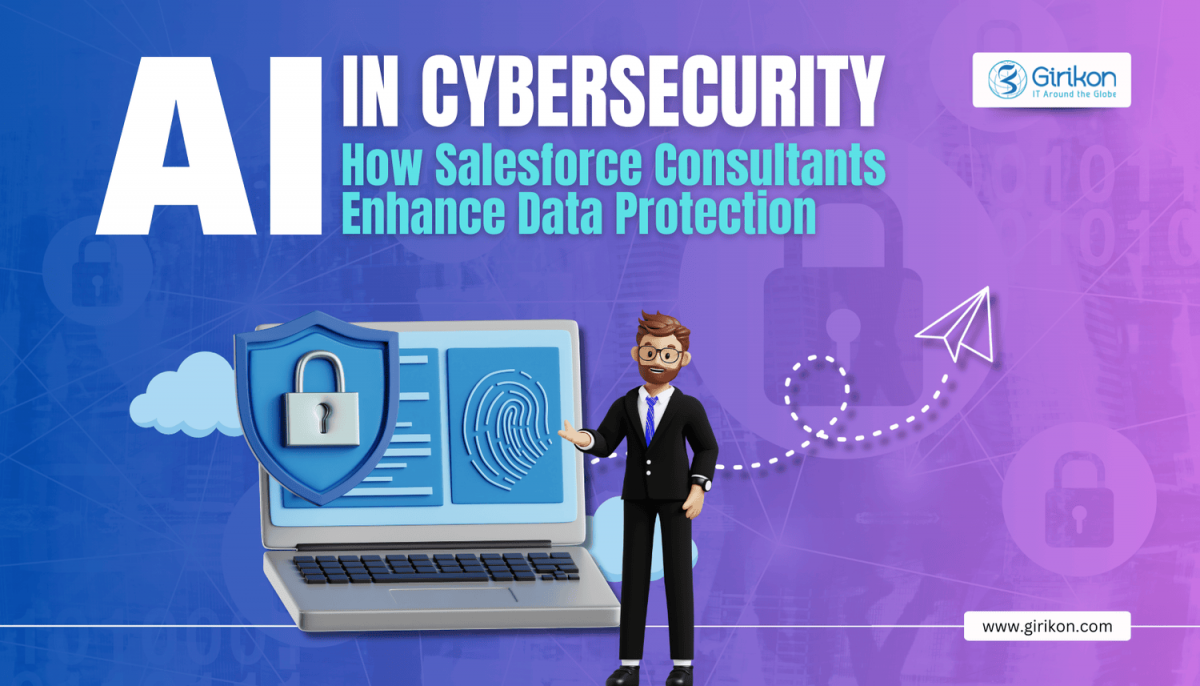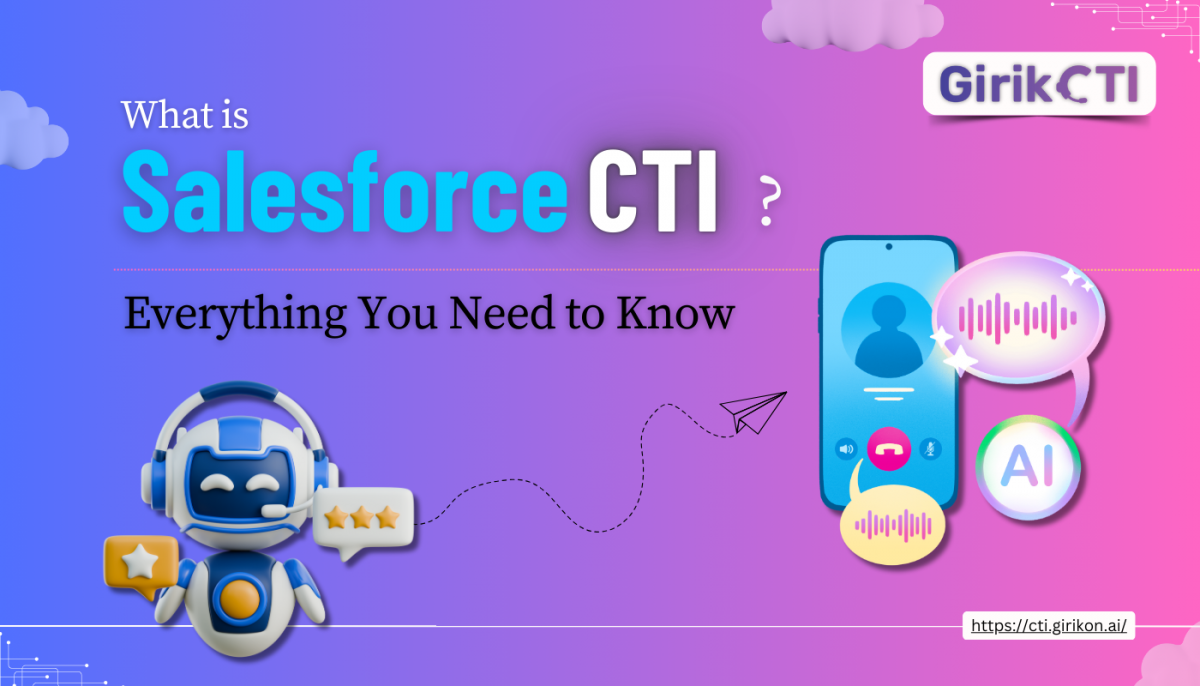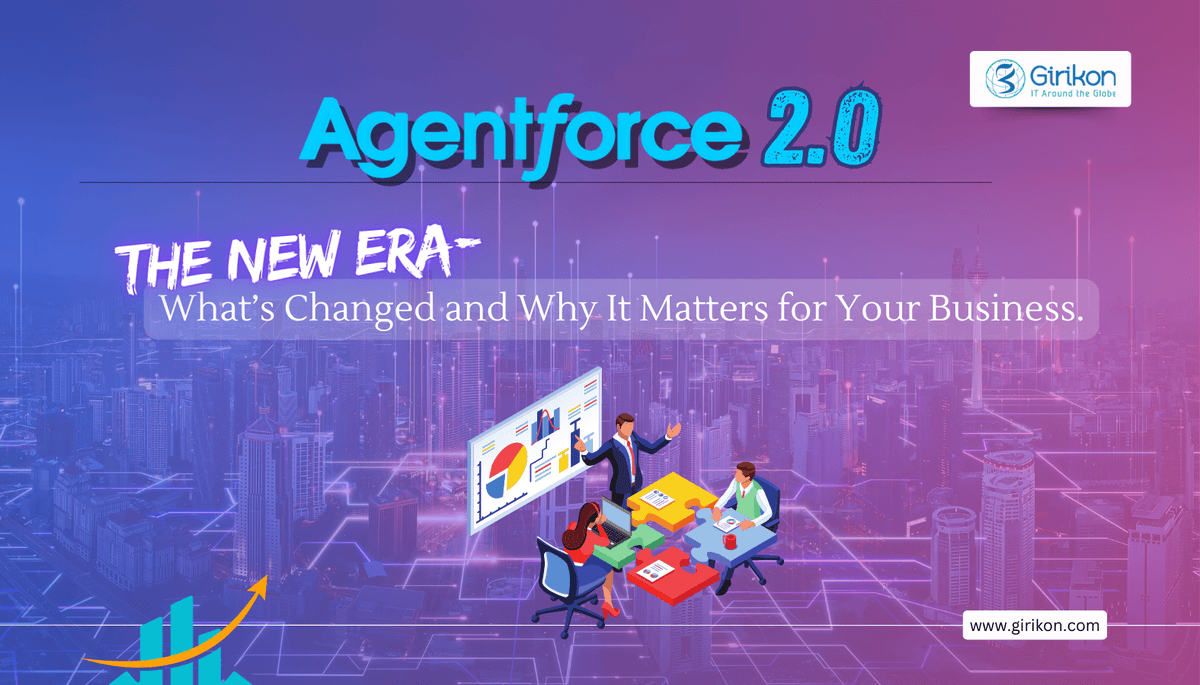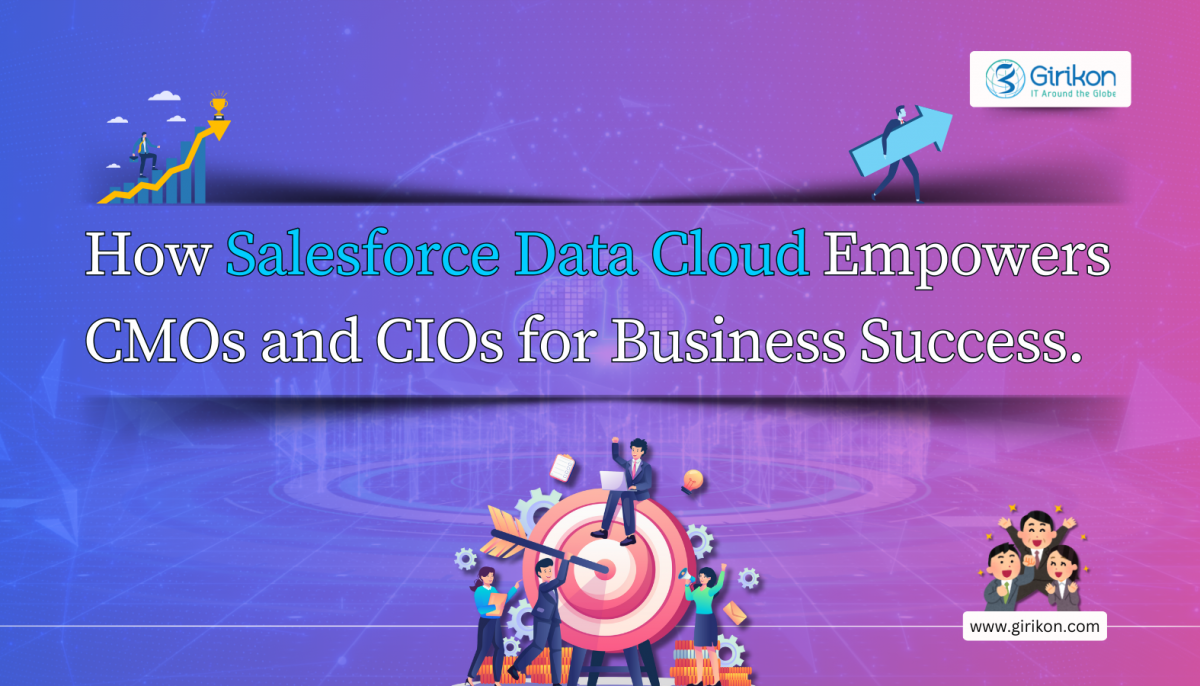For most enterprises, the search for a right eco system with efficient, robust and reliable tools to manage all aspects of the business ends with Salesforce. Here we look at one such tool within the ecosystem, Quote-to-Cash.
Salesforce defines Quote-to-Cash as the complete set of business processes involved in selling, from creating initial offers for prospects to collecting cash. Quote-to-Cash begins with Configure, Price, Quote (CPQ)—configuring the offer, developing the appropriate pricing, and creating the quote. It continues on through negotiations, invoicing, payment, and even renewals and renegotiations.
An efficient Quote-to-Cash process can bring in revolutionary changes in an organization’s sales cycle. A suitable solution brings efficiency & speed in the process by eliminating errors, reducing workload and minimizing time spent on each activity — thereby allowing more time in hand to close more deals.
Do go through our other blog for expected benefits from an automated quote to Cash process using Salesforce @ https://www.girikon.com/blog/salesforce-quote-to-cash-easier-and-more-accurate-quotes-and-billing/
While the list of probable benefits that can be leveraged is long, the real effort involved is in figuring out the exact process to be implemented so as to extract maximum advantage.
Before initiating on a Quote to Cash Implementation
Set time aside for an elaborate analysis of the process in use. This serves as preparatory steps to the execution of the exact, most effective solution suitable for your business.
Look at the in use Quote-to-Cash process with a view to find opportunity for improvements. Simulate a typical request from a client for a quote and go in to throw in as many complications as the team might have faced in real-time.
Follow a real deal through the cycle and consult with all departments (sales, sales operations, legal, and finance departments) involved in interim stages. Gather details for clear understanding & record difficulties/pain points.
For each step involved – Define the RASCI (Responsible, Accountable, Supportive, Consulted, and Informed) model.
Record all of the tools, systems, and applications in use. Also to be noted are the physical locations (office, online, or remotely) where each step takes place.
Record reasons behind decisions to have the process in that particular way.
Question, Question and question more at each step – record everything
Also record time taken for each step. This will help to analyze if the new process implemented brought in any process improvement!
With all this analysis done, you will now be ready to design the new process with the required step eliminations, improvements and consolidations. New Rules can now be defined, changes brought in to reduce typical errors, bottlenecks, slowness that occurred in the past.
Figure out the technology cocktail you would need
In addition to the right Salesforce suite setup you might want to use other tools to dovetail. This decision will depend on your current pain points. Some recommended ones can be:
Conga Action Grid: for updating and managing data pre-sale
Conga Composer: for generating data driven documents, including combined documents like customized marketing materials, personalized proposals, sales orders and invoices
Conga Redlining: for managing the back-and-forth of contract negotiation within Salesforce
DocuSign: for completing the final approval and signature on the contract
Some more guidelines for streamlining things further
Standardize Documents – Standardizing Contract documentations for different products and services is a great efficiency enhancer
Lookout for more ways to automate manual processes in the contract management process (Document versioning, audit trails etc.), negotiation process or elsewhere
Leverage workflows to the hilt to usher in more transparency and reduce bottlenecks
Use Collaborative tools for Legal team, sales reps, and customers, but try to keep it all native in Salesforce. This increases adoption, ease-of-use and consequent speed
How Girikon, as a Salesforce Consulting Partner Salesforce Consulting Partner Helps
Organizations looking at implementing Salesforce Quote to Cash can reach out for value loaded services including:
Salesforce Licensing Consulting & procurement
Salesforce Solution Architecture & Design
Quote to Cash Discovery, Consultancy, Implementation & Customizations
Any other custom development as required
Data Migration from Legacy/Other Systems
Salesforce Quote to Cash Training & Support
While Girikon has been delivering custom developed healthcare solutions on the Salesforce Platform to clients for quite some time now, it’s a welcome change to explore Salesforce’s out of the box solution for the Healthcare Industry, the Health Cloud and what difference will it bring across the board – for the Healthcare Industry, the Patients and the IT solution providers as well!
One look at areas Healthcare providers are ready to invest in gives a clear insight into why Salesforce is becoming the favorite “Go-to-platform” for them. Analytics, Patient Engagement, Patient Experience top the list with Non EHR activities like patient acquisition, network referrals, case management, home health, care team collaboration, patient service etc. being other focus areas. With Salesforce adoption one gets a comprehensive, scalable platform to manage all the above efficiently.
Areas Made Easy to Manage by Salesforce Health Cloud
Creating & Leveraging Connected Patient Journeys
Better conversion of patient prospects
Direct communication between Patients and health care providers through Private special community
Easy import of Patient prospects from multiple channels including Salesforce Sales Cloud, Service Cloud, an electronic health record (EHR), data warehouse, patient registration system or call center
Creation of customized care plans and better patient relationships management
Via Powerful analytics tools and “Advanced Segmentation”, care givers are empowered to provide targeted preventative care and cater to high risk patients urgently
Salesforce Knowledge helps create and manage content and make it available to other healthcare professionals and to the patient and care team members
More to Come Soon
Salesforce partners are bringing new applications to Health Cloud that can be installed via the Salesforce AppExchange. These solutions include:
Fitango for customizable, interactive wellness plans
FormFast for healthcare forms management
Healthwise for easy-to-understand health education
And many more like higi, Interpreta, Kyruus etc
Installing Health Cloud in Salesforce
Go to setup-> search for Accounts in quick search bar -> Account settings -> Edit -> enable “Allow users to relate a Contact to multiple Accounts”
Install the Health Cloud package
Login as a System Administrator and Install
Setup the org- Setup my domain and deploy to users. Assign the default Record Types, Page Layouts and Permission sets to the System Administrator profile
Configure Health Cloud Profiles, Permission Sets and roles
Customize the Health Cloud Console i.e. key components and attributes according to the company needs.
Migrate the patient’s data
Some Limitations to be aware of
Display Limitations
Health Cloud is only available in Microsoft® Internet Explorer® 10, or 11; Microsoft® Edge; the most recent stable version of Mozilla® Firefox® ; the most recent stable version of Apple® Safari® , and the most recent stable version of Google Chrome™. For best performance, Google Chrome™ browser and machines with 8 GB of RAM are recommended
Platform Encryption Limitations
Event monitoring and field encryption are not supported as part of Salesforce Shield. Event monitoring doesn’t log which patients appear on the Today page, the Patient List pages, or the Candidate Patients page
Encrypted fields can’t be used as filter or sort criteria
Encrypted data is unmasked and visible to Health Cloud users.
It is recommended to use object-level security and field-level security to restrict the visibility of sensitive data.
Behavior, Access & Localization Limitations
There are several other Behavior, Access & Localization limitations good to be aware of, limitations mentioned in the implementation guide.
How Girikon, as a Salesforce Consultant Helps
Organizations looking at implementing Salesforce Health Cloud can reach out for value loaded services including:
Salesforce Licensing Consulting & procurement
Health Cloud Architecture & Design
Health Cloud Implementation & customizations
Any custom development as required
Data Migration from Legacy/Other Systems
Health Cloud Training & Support
In History, we read about time segregated by the birth of Christ. The era before him was BC (Before Christ) and that after is referred to as AD (Anno Domini is a Latin word meaning “in the year of the Lord”). So, we all stand in 2017 AD as we go through this blog.
By now, you must be thinking we all know this; so what’s the point in discussing here. But, read on…I would now like to lead you to another segregation of time, BC and DC which are Before Cloud and During Cloud!
OK! Does this matter? Is it really big enough to elicit such a nomenclature? Aren’t these the next questions racing through your mind?
We all know the advent of the Cloud has disrupted not only the ways in which IT works but also the ways in which businesses function. Shown below is a summarized view of where and how businesses have needed to shift focus and attention since the shift to the Cloud.
Now, if we understand the volume and complexity of this shift, we will agree that this is certainly big enough! The economy of “Customer Experience” is here and the vendor has to own the burden of delivering quantifiable business outcomes. Being able to manage change well is no longer enough! Adaptability is the in-thing. Adaptable is what organizations have to become and Adaptability is what leaders need to somehow embed into the organization culture!!
Achieve Customer Delight and ensure your own success in this DC times:
Dig deep to decide which customer data will provide actionable insights into whether or not the clients are on the right track towards their expected business outcomes
Bring in an organization wide culture of Collaboration. Collaboration in the key, No more departmental/though-process silos please!
Raise awareness on holistic customer journeys till the last rung in the organization
Be flexible towards Technology – Use what serves better. They are only worth what we are able to extract out of them
Measure outcomes – Not just your own, but of your customers’. Prove ROI on their engagement with you and secure the renewal
That is all for this article, in case you need Salesforce Implementation Services for any Salesforce related work, then please feel free to reach out to sales@girikon.com
We certainly are lucky to be living in interesting times. Times, when the human race and its ways of living and interacting are constantly evolving in all areas. Disruption and evolution seem to have become the two faces of the same coin.
While this discussion can cover n number of facets, let us focus the current scope on IT and how the convergence of several digital forces, mobile, SaaS, cloud, big data, IoT and social, are constantly disrupting markets. The effect of this is that the IT Industry is constantly having to evolve and adapt at faster speeds to live up to the expectations of the market. This is what is being termed as Enterprise Darwinism. In an an era where one must evolve to deliver customer success or die, Enterprise Darwinism or Digital Darwinism refers to the steps taken by enterprises to adapt to the external changes, adopt the right processes, start to think & operate differently in order to be able to scale up to be capable of meeting the challenges of digital transformations.
The digital competition along with advent of cloud and mobile has brought about a break down in the traditional IT operating model. IT is now more of an enabler for the business, providing support and training, as required to help the business consume available capabilities to build their own solutions, better suited to their needs.
In such an ecosystem, APIs will be key assets that IT teams will build for developers across the organization to use to build new apps, services, and processes. The demand will be for streamlined networks that use APIs to connect the company’s applications, data, and devices. These networks will be the backbones, providing right & fast information & connectivity, across the enterprise. This is what will help enterprises innovate faster, adapt better, create better customer experiences, and eventually get ahead of all competition.
This is exactly where MuleSoft comes into the picture. MuleSoft helps build application networks: seamless frameworks of applications, data sources, and devices connected by APIs, whether on-premises or in the cloud.
Mulesoft provides various APIs, connectors and models of middleware to centralize and standardize integration practices across an entire infrastructure. It provides a software platform that connects nearly every technology in a standardized way.
What is achieved using Mulesoft:
Mulesoft unlocks data using APIs and connecting it to external systems and applications
It enables to manage and secure the flow of data between all systems in the enterprise
Availability of self-serve existing APIs helps teams innovate faster
Developers across the organization can leverage existing APIs to create new processes and experiences
In a Nutshell, Mulesoft can become one of the critical tool to help adapt and evolve faster. As Darwin stated, “It is not the strongest of the species that survives, nor the most intelligent, but the one most responsive to change.” If enterprise Integration is what can give your business the leading edge, Mulesoft is what can help you achieve it.
In case you need Expert Salesforce Consulting Team for any Salesforce related work, then please feel free to reach out to sales@girikon.com
SteelBrick is now
Salesforce Quote-to-Cash. The information is doing the rounds but what should it mean to you, the Salesforce users?
Why Automated Quote-to-Cash
To come to a conclusion on this, let’s first evaluate if you should even spend time thinking about this. The answer is “yes” if you are experiencing any of these situations in your business:
Errors or mismatches in the quote items configured by your Sales Reps
Sales Reps reporting challenges in maintaining price lists and discounting
Quoting process is very time-consuming and requires several reviews. It takes really long to get an approved quote to a prospect
Any issues with accepted proposal getting transformed into an order and in managing invoicing and revenue recognition
No visibility into the your sales pipeline
Quote-to-Cash is one of the most Critical Business Process as it drives revenue for the organization. It is the critical link that starts with the customer’s intention to buy and ends with the bank cash registers ringing for the organization. Quote-to-Cash encompasses a whole lot of processes, the entirety of sales, contract, and customer relationship lifecycles.
Salesforce Quote-to-Cash
The Quote-to-Cash begins with Configure, Price, Quote (CPQ)—configuring the offer, developing the appropriate pricing, and creating the quote. It continues on through negotiations, invoicing, payment, and even renewals and renegotiation. Salesforce Quote-to-Cash solutions are built to streamline and automate these processes.
The Salesforce Quote Quote-to-Cash can help catapult businesses to the next levels with solutions around:
Efficient Sales Quotes
Price and Quote – Accurate customer-friendly quotes, with pricing discounts thrown in as applicable, now become so easy!
Guided Selling – Sales reps are now able to select the right products and services for each customer every time
Salesforce CPQ for Communities – This accelerates channel sales making it easy for partners to sell your products and services.
Orders and Renewals – Convert quotes to clean orders easily
Product Configurator- Business rules and logic based products and service configuration.
Proposals & Contracts
Proposal Generator – Enhance branding through professional proposals.
Manage Contracts – Super fast creation and management of professional sales contracts
Revenue & Subscriptions
Invoice – With an automated invoicing process, invoices can be created on the move frm any device.
Manage Sales Tax and VAT – Selling and billing in multiple currencies becomes so easy. All tax calculation are taken care of.
Subscription Billing – Subscription renewals will never be missed now.
Revenue Recognition – Instant revenue related reporting and dash boarding around quotes, orders, invoices and payments.
Payments – Non-complicated payments collection and management, without processing complications.
Benefits of an Automated Quote-to-Cash Process
Greater business efficiency
Increased accuracy
Better visibility from initial quote to final payment
Drives innovation through the organization to reduce delays and bring in efficacy
IfIf you have any query related to this article or want to know more about Salesforce CPQ or if you require Salesforce Support Services, then do contact us at sales@girikon.com
Salesforce Data Migration
-
February 3, 2017
-
Nirupama Shree
Whether you are transitioning from a legacy system to Salesforce or unifying several Salesforce based silo systems into one, data migration needs would always arise. While there can be several options to accomplish it using:
Open APIs (SOAP, REST, Streaming, etc.)
Bulk Data Transfer API
Data integration tools like Mulesoft, Talend etc.
In this blog, we talk about two very easy to use graphical tools, Data Loader & Import Wizard.
Import Wizard –The Import Wizard is designed for less-technical, business users and smaller, simple imports of up to 50,000 records can be managed through it. It supports only five Standard objects viz. Accounts, Contacts, Leads, Solution, Campaign Member Status and all custom objects.
The Import Wizard can be reached at Set Up> Data Management> Data Import Wizard> Launch Wizard
Data Loader – The Data Loader uses the Force.com API. The Data Loader can be downloaded from the Setup menu, under Administer heading – Data Management.
Setup -> Administration -> Data management -> Data Loader
N.B. – For this download, the system must have JDK.
Data Loader consists of following operations:
Insert – It is used for inserting the new records.
Update– As the name signifies it is used for updating the existing records.
Upsert– This operation comes in use when the data which already exists in the org needs to be updated & the data which is new needs to be inserted.
Delete- This is used for cleansing of data which is further not required by just matching the object’s id.
Export- This is used for exporting the object’s data which the client has selected.
Export All- This is used for extracting the whole org data which can also be used in the form of backup.
Steps for uploading the data
Salesforce is all about Relationships. For example, All Accounts have Users & then the Contacts are linked to the Accounts. Similarly, there are several other relationships existing in Salesforce, which are depicted through Related Lists & Lookups available on the objects. Therefore, while migrating data, a particular order has to be maintained to maintain the relationship particulars.
Default Batch Size for uploading the data is 200. In case, the user wants to upload data in Bulk, then the “Use Bulk API” checkbox has to be checked to increase the Load Speed, after going to the “Settings” tab available on the Data Loader.
Some Basic rules to remember:
The scope of migration should be well defined
The user should be aware with the Source Format & target format
The data Loader has the ability to store the Success & Error files. User should always make a separate column of “Unique ID” in the data excel through which it would be easy for the user to Insert the data in case of any failure.
Mapping Files should always be saved
Unit Level testing should always be done after migration has been completed in the target org
That is all for this article, in case you need Salesforce Implementation Services for any Salesforce related work, then please feel free to reach out to sales@girikon.com
Any feature addition to the Salesforce 1 App is bound to draw attention as that makes the feature more extensibly usable through the mobile platform. This winter ’17 release added the “Spotlight Search”, system-wide desktop search feature of Apple’s macOS and iOS operating systems to Salesforce 1 App (version 11.0 & later).
Spotlight is a selection-based search system, which creates an index of all items and files on the system. With Spotlight search now available on Salesforce 1, one gets direct access to Salesforce data (recently viewed contacts, Chatter profiles, objects and apps) without having to first navigate to it in Salesforce1.
How it works-Spotlight Search enables indexing of up to 200 of a user’s most recently accessed contacts and 200 most recently accessed Chatter profiles for availability in search results. Users, now can simply enter what they’re looking for in the Spotlight Search field, such as a first or last name, job title, company name or an account name (to find recent contacts related to the account). Tapping on the search results allows the user to switch to that record in Salesforce1.
So now, whenever you want to search any Contact, Opportunity, Chatter, Dashboards or any Standard/custom object or apps available in Salesforce1, you can directly navigate to the Home Page layouts using Spotlight Search results. No doubt, with this feature you are better equipped to manage your business from anywhere!
Do note:
Visualforce tabs and Lightning page tabs are not supported in Spotlight Search
In case of multiple accounts, Spotlight Search works only for the currently active account
Spotlight Search indexes Salesforce data only when Salesforce1 is in the background. Do not switch back to Salesforce1 before indexing is complete. You may not see all the expected search results
In case, your org uses some security measures and finding Salesforce data in Spotlight Search is disabled, then
Salesforce1 would require a PIN code to log in
Offline caching in Salesforce1 is disabled
If you need Salesforce Developer for any Salesforce related work, then please feel free to reach out to sales@girikon.com

 +1-480-382-1320
+1-480-382-1320 +44-7428758945
+44-7428758945 +61-1300-332-888
+61-1300-332-888 +91 9811400594
+91 9811400594


















